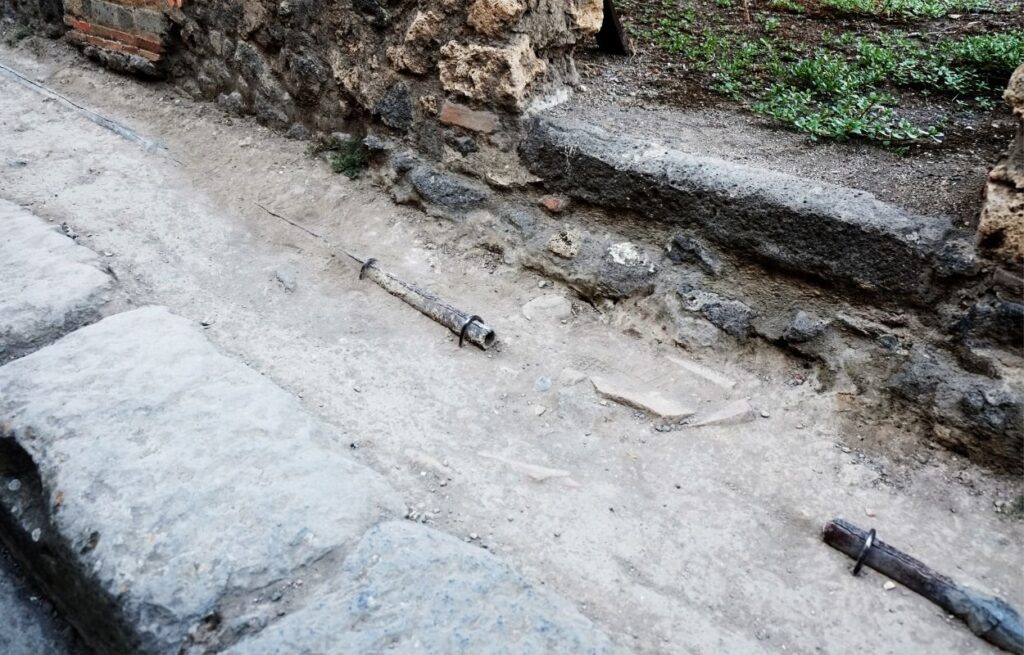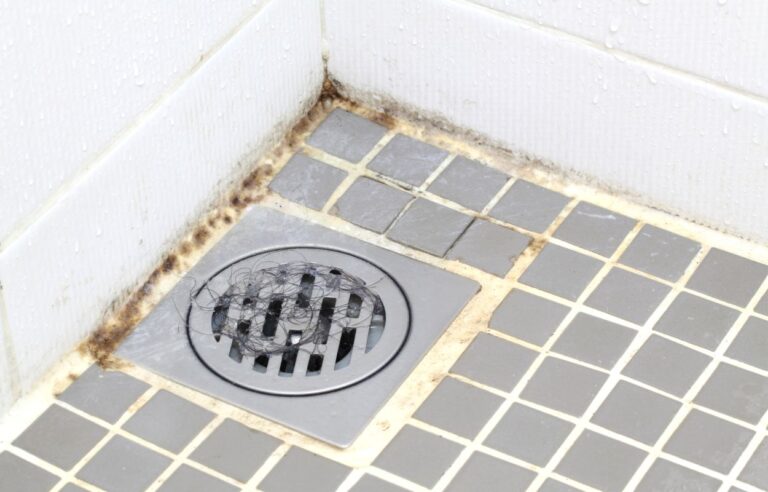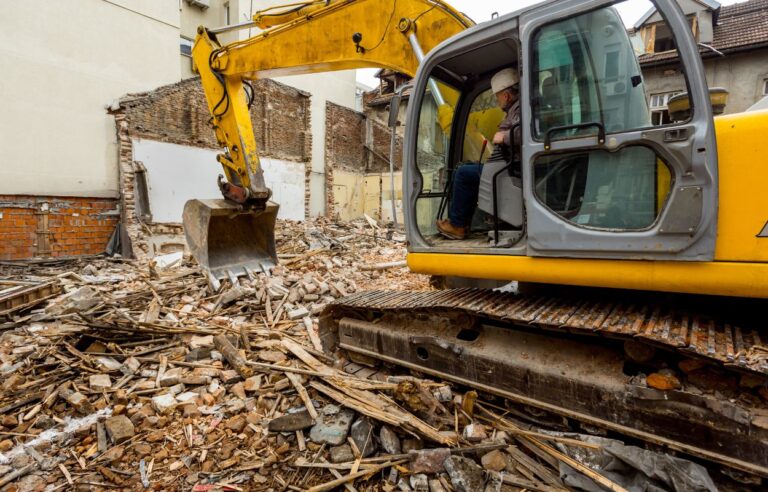
When you think about dangers in your home, things like fire hazards or mold might come to mind. But there’s another threat that doesn’t get as much attention—lead dust. It’s silent. It’s invisible. And it can seriously harm your health, especially if you have children or pets.
Let’s chat about what lead dust is, why it’s such a problem, and how you can protect yourself and your loved ones.
SO, WHAT EXACTLY IS LEAD DUST?
Lead dust sounds pretty harmless at first—just a little dust, right? Not quite. Lead dust comes from old paint, contaminated soil, or even old plumbing. When older paint chips or breaks down, it creates fine particles. These particles float around your home, settle on surfaces, and get into the air.
If your home was built before 1990, there’s a good chance lead-based paint was used somewhere. Over time, that paint starts to wear down. Just opening and closing windows or doors can stir up lead dust. And once it’s in the air, it’s really easy to breathe it in—or accidentally swallow it when it lands on food, toys, or hands.
WHY IS LEAD DUST SO DANGEROUS?
Here’s the scary part: even tiny amounts of lead can be toxic. Lead affects your brain, kidneys, and nervous system. In adults, exposure can cause fatigue, headaches, memory loss, and even high blood pressure. But kids? They’re especially at risk.
Children’s bodies absorb lead more easily than adults. That means even a little exposure can cause learning problems, behavioral issues, and developmental delays. And since kids love to put their hands and toys in their mouths, they’re much more likely to ingest lead dust that’s settled on floors or furniture.
The worst part? You probably won’t even know it’s happening. Lead poisoning doesn’t usually come with obvious symptoms. You might not realize anything’s wrong until real damage is already done.
WHERE DOES LEAD DUST LURK?
The short answer? Pretty much anywhere in an older home. But here are a few hotspots:
-
Windows and sills: Opening and closing painted windows grinds paint into dust.
-
Doors and frames: Constant friction can break down old paint layers.
-
Floors and baseboards: Dust naturally settles here and gets picked up on shoes or bare feet.
-
Heating vents: These can blow dust all around your home without you even noticing.
-
Attics and crawlspaces: Renovation or repairs can stir up hidden dust deposits.
Even outside your home, contaminated soil near older foundations or painted exterior walls can bring lead into your space.
RENOVATING? BE EXTRA CAREFUL
Planning to tear down some walls? Sand old paint? Replace windows? If your home was built before 1990, take a pause. Disturbing old surfaces can release a huge amount of lead dust into the air.
Before you start, it’s a smart move to have your home tested for lead. Many professional contractors now offer lead abatement in Victoria, and they can check for any hidden hazards before you kick off your project.
If lead is present, you’ll need to take special precautions. This might include sealing off work areas, using HEPA-filter vacuums, and wearing protective gear. Trust us—it’s worth the extra effort to avoid spreading toxic dust through your home.
CLEANING ISN’T ALWAYS ENOUGH
Think you can just sweep or vacuum up the dust? Unfortunately, that won’t cut it. Regular household vacuums can actually make the problem worse by blowing lead particles back into the air.
To really get rid of lead dust, you need specialized cleaning techniques. HEPA vacuums, damp wiping with specific cleaners, and proper disposal methods are key. Even then, thorough cleaning often doesn’t remove all the danger.
This is where lead abatement in Victoria comes in again. Professionals use the right tools and follow strict safety rules. They don’t just clean; they completely remove or seal off lead hazards to make your home truly safe.
WHAT YOU CAN DO TODAY
Even if you’re not planning a renovation anytime soon, you can still take steps to reduce the risk of lead exposure in your home. Here are some helpful tips:
Wash hands often
Make it a habit, especially before meals and after outdoor play. This is especially important for kids.
Clean floors and surfaces regularly
Use a wet mop or cloth to trap dust, instead of dry sweeping or dusting.
Leave shoes at the door
You’d be surprised how much dirt—and lead-contaminated soil—gets tracked inside on your shoes.
Test your water
Some old plumbing systems may still contain lead pipes. A water test can tell you if it’s safe to drink.
Avoid sanding old paint
If you suspect lead paint, don’t touch it. Call a professional instead.
Keep an eye on peeling paint
Chipping or cracking paint could mean lead is being released into your home.
KIDS IN THE HOUSE? BE EXTRA VIGILANT
If you have young children or are expecting a baby, now’s the time to act. Even small amounts of lead can affect brain development and behavior. Babies crawling on the floor or putting objects in their mouth are at higher risk of ingesting dust particles.
You might not see any signs of lead poisoning right away, but the effects can last a lifetime. That’s why prevention is so important.
WHEN IN DOUBT, CALL A PRO
It’s tempting to think you can handle it all yourself. After all, how hard can it be to clean up some dust, right? But lead is not something to mess around with. It hides in places you might not expect, and removing it safely takes training, equipment, and experience.
That’s why working with certified experts is the safest route. Whether you’re renovating, buying an older home, or just want peace of mind, professionals can help you figure out your next steps.
WRAPPING IT UP
Lead dust might be silent, but it’s definitely not harmless. It sneaks into your home through old paint, soil, and pipes. It settles into your air, your floors, your furniture—and worst of all, your body.
But the good news? You’re not helpless. Now that you know the risks, you can take action to protect your home and your health. Whether that means testing your space, stepping up your cleaning game, or calling in experts for lead abatement in Victoria, every step counts.
Stay safe, stay aware, and don’t let this silent hazard catch you off guard.
